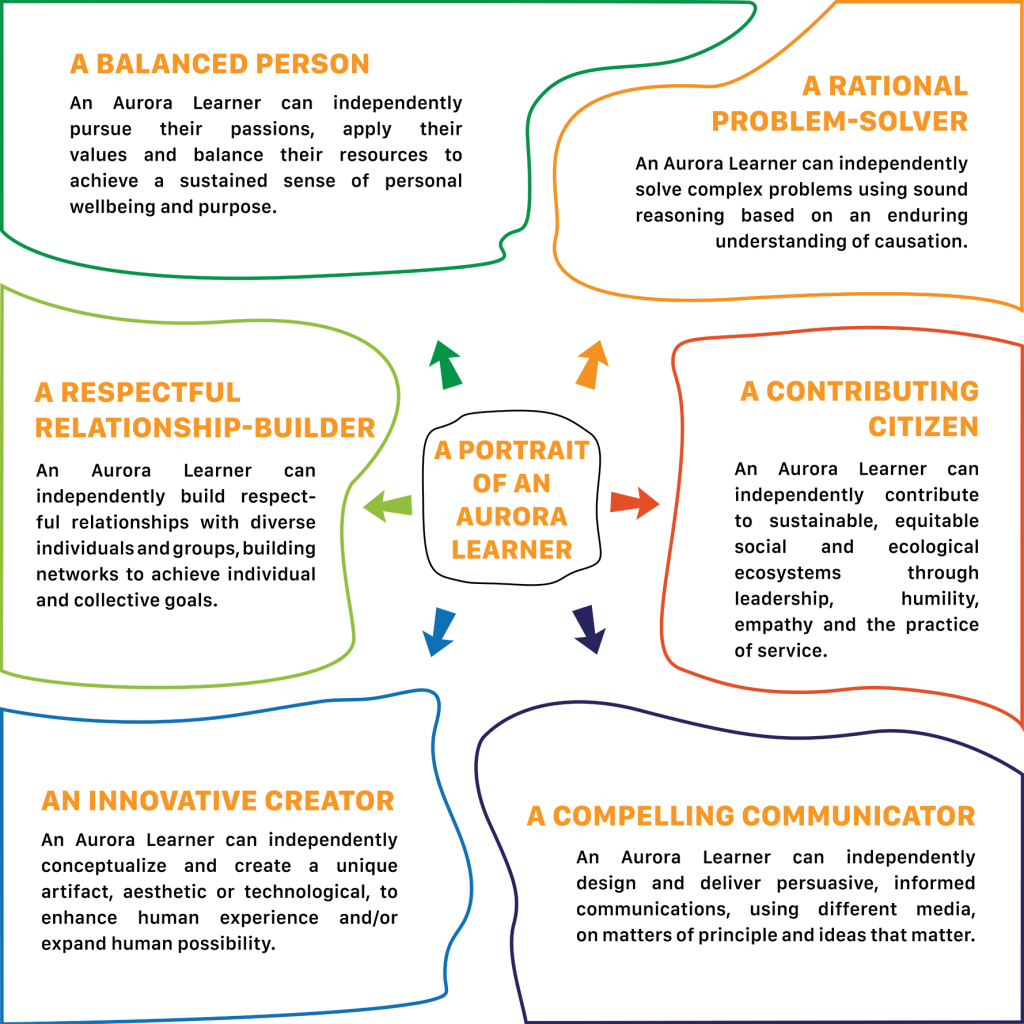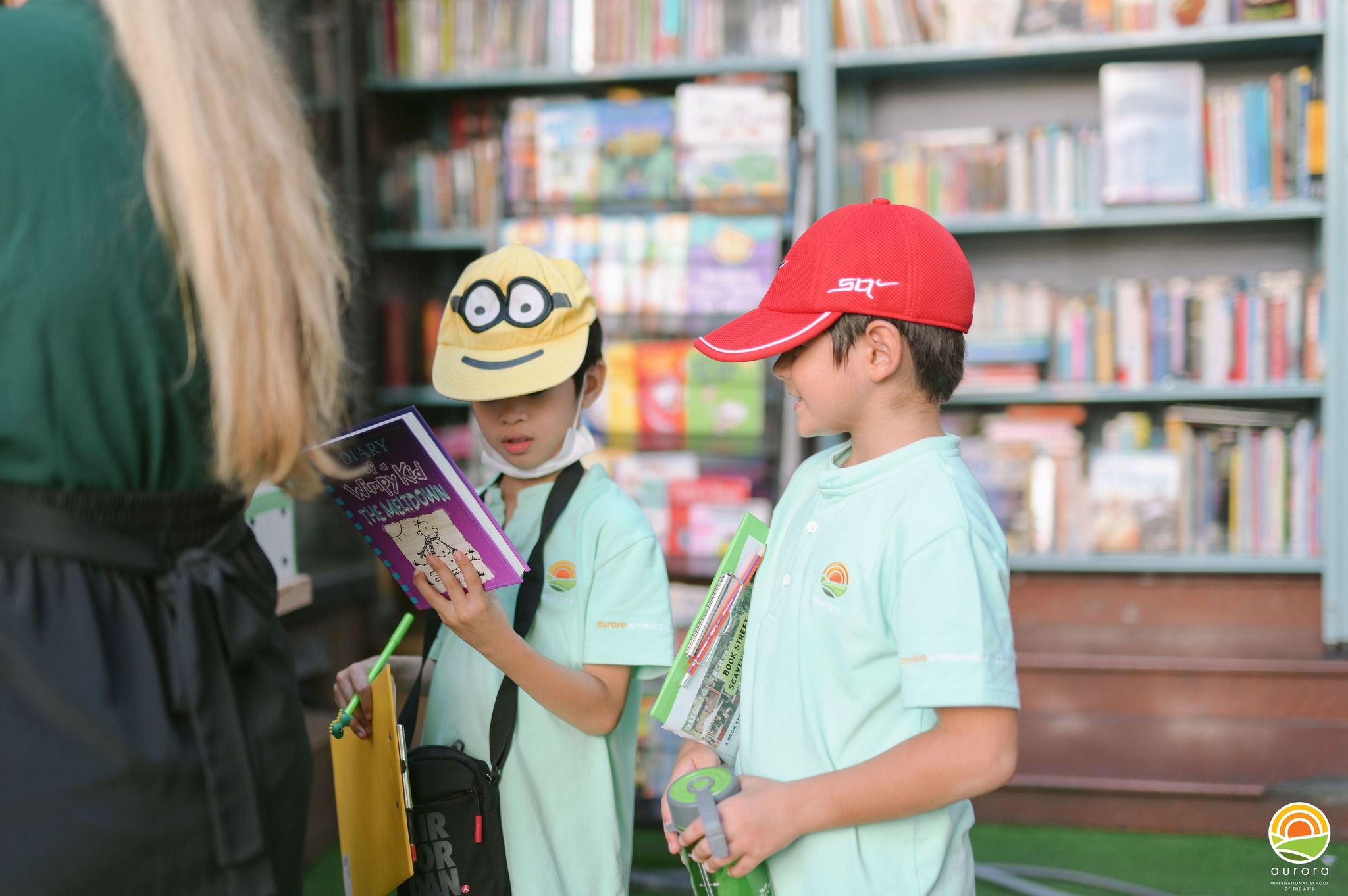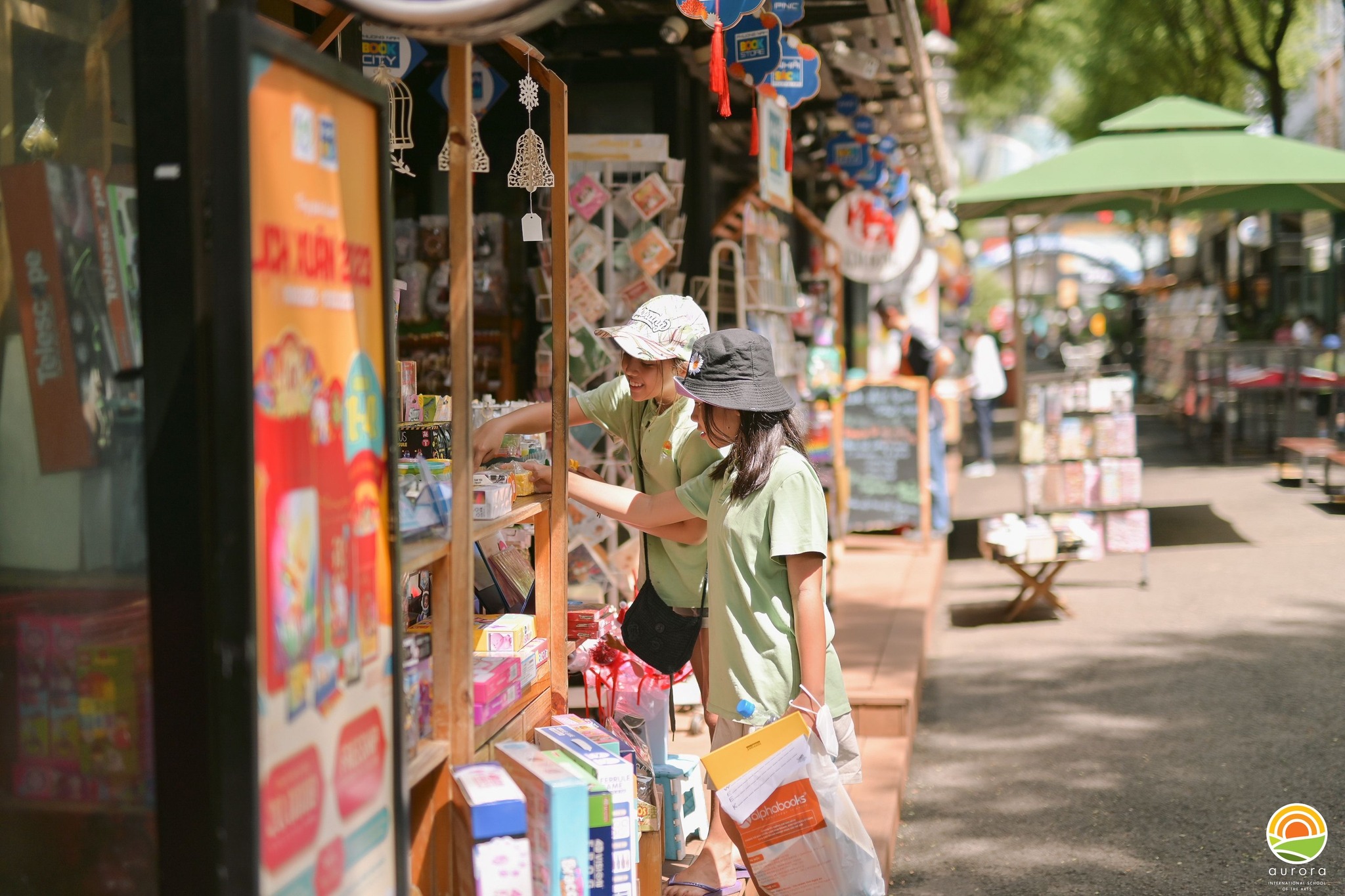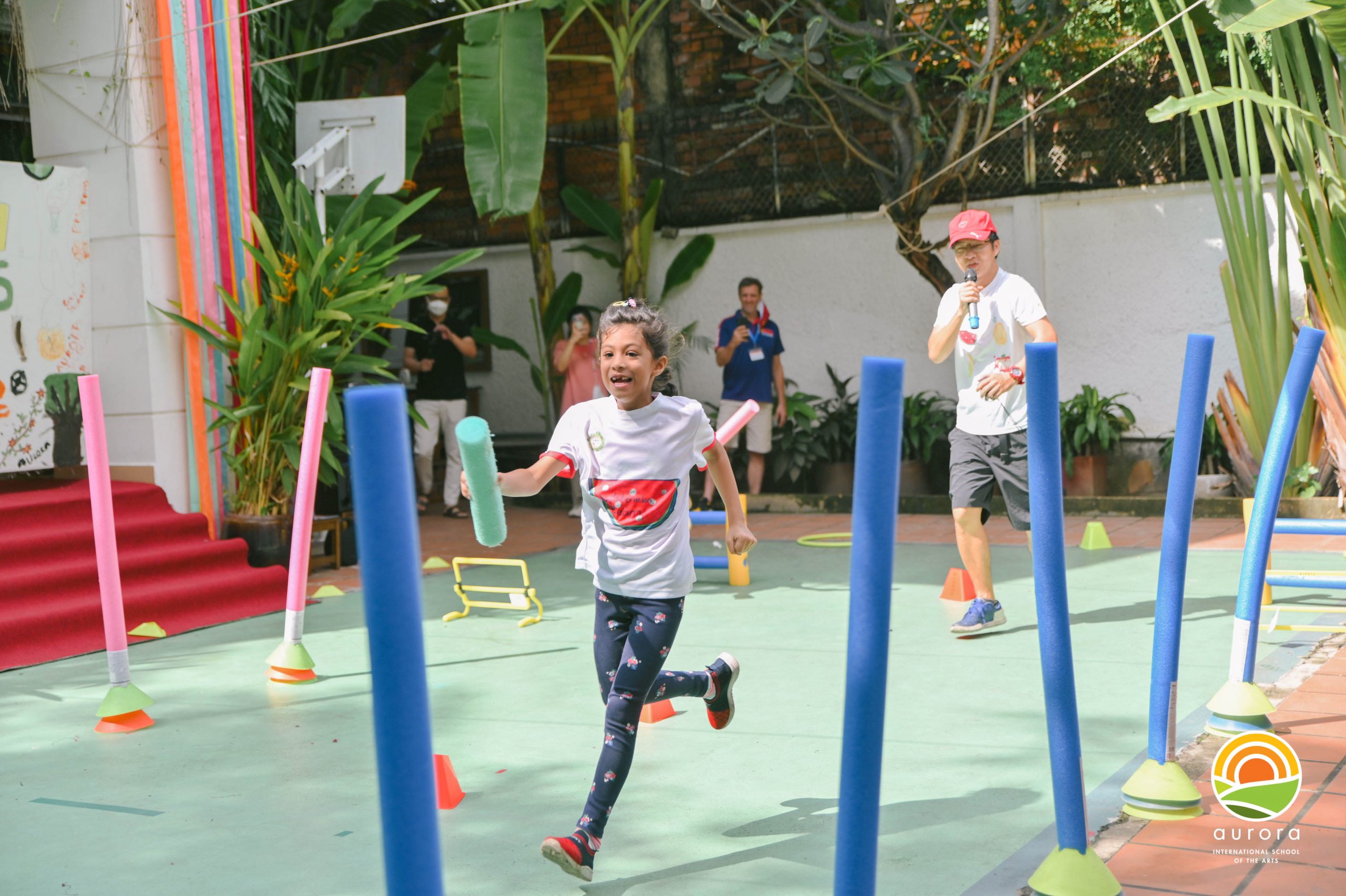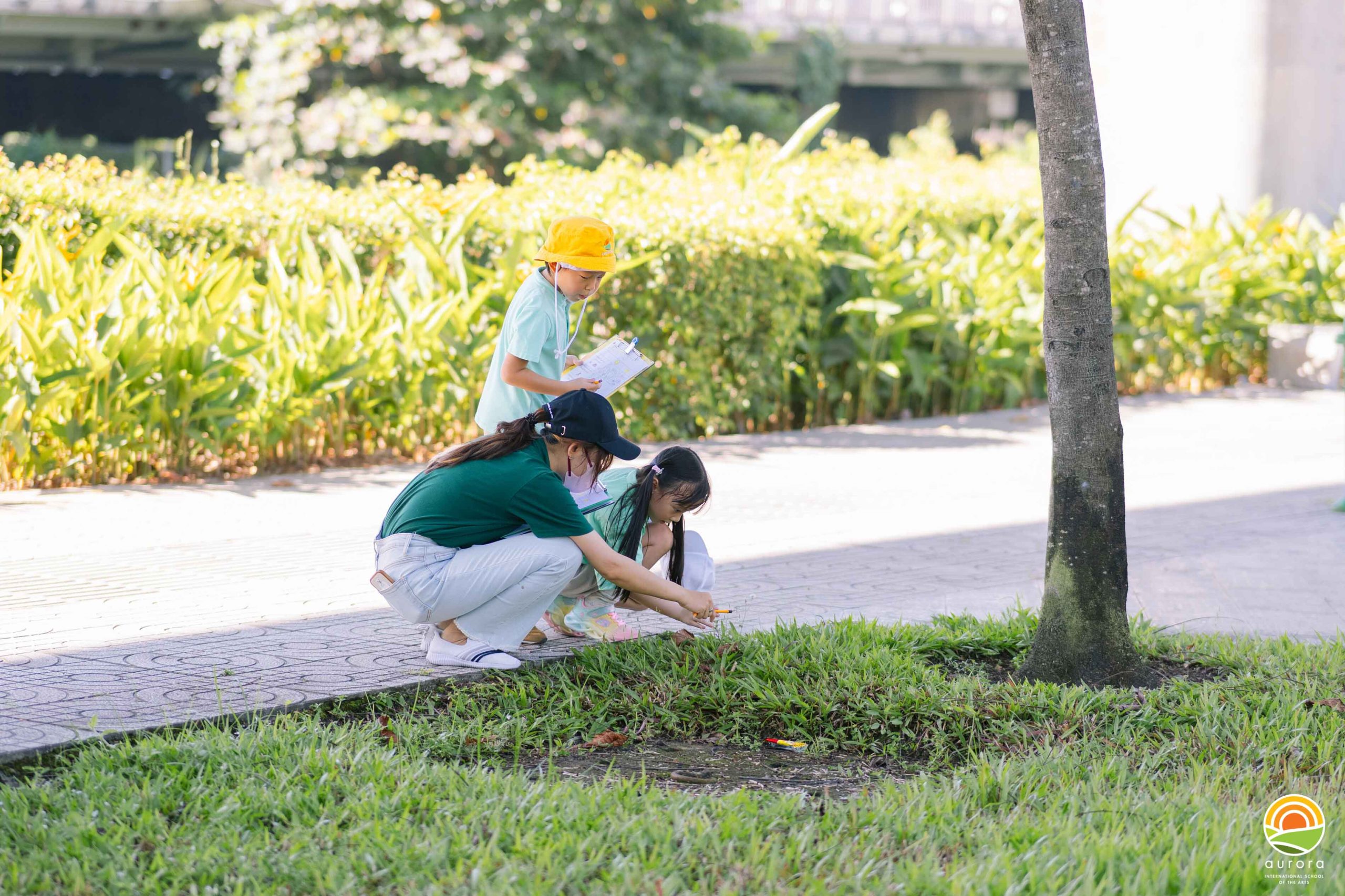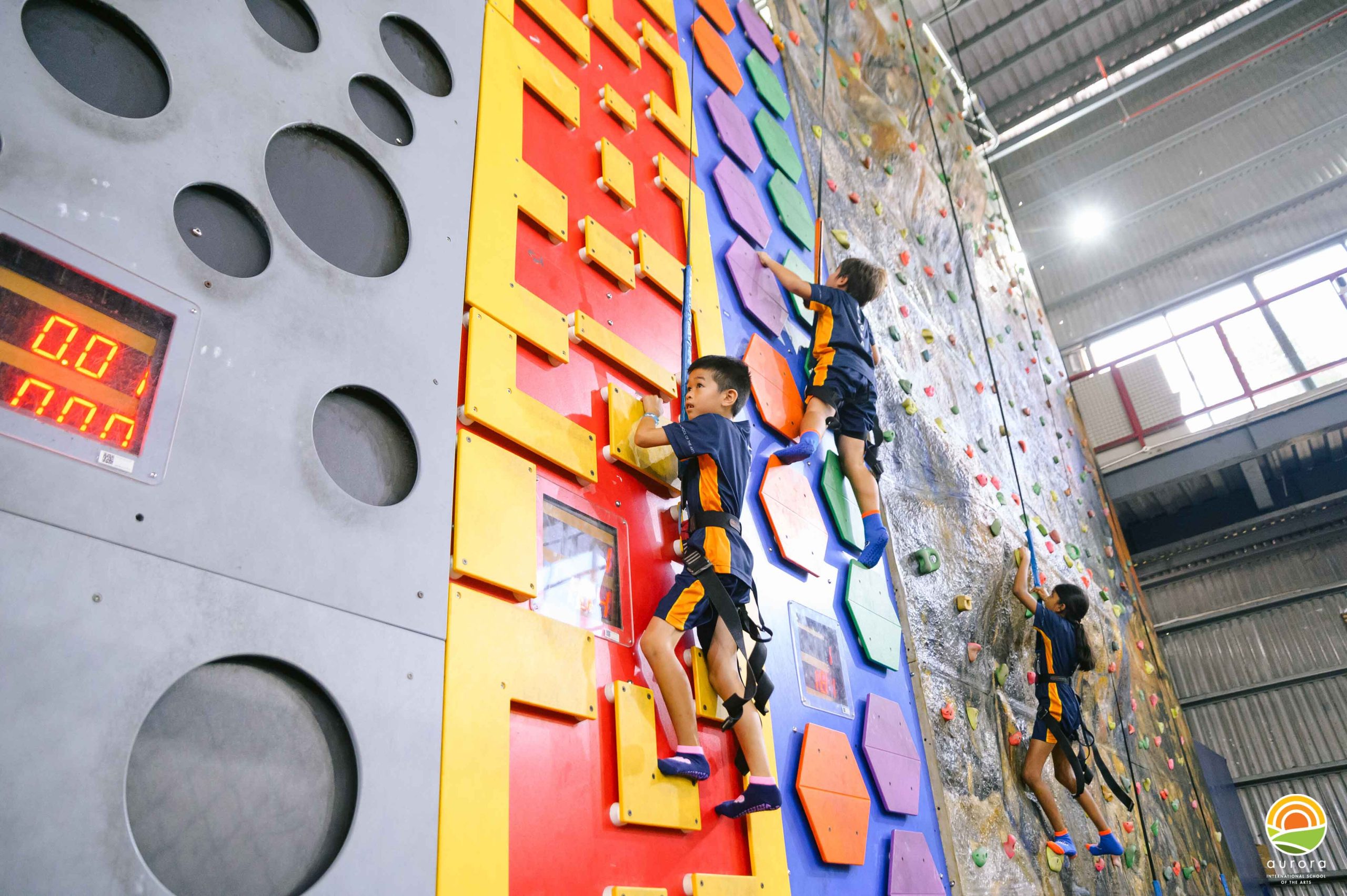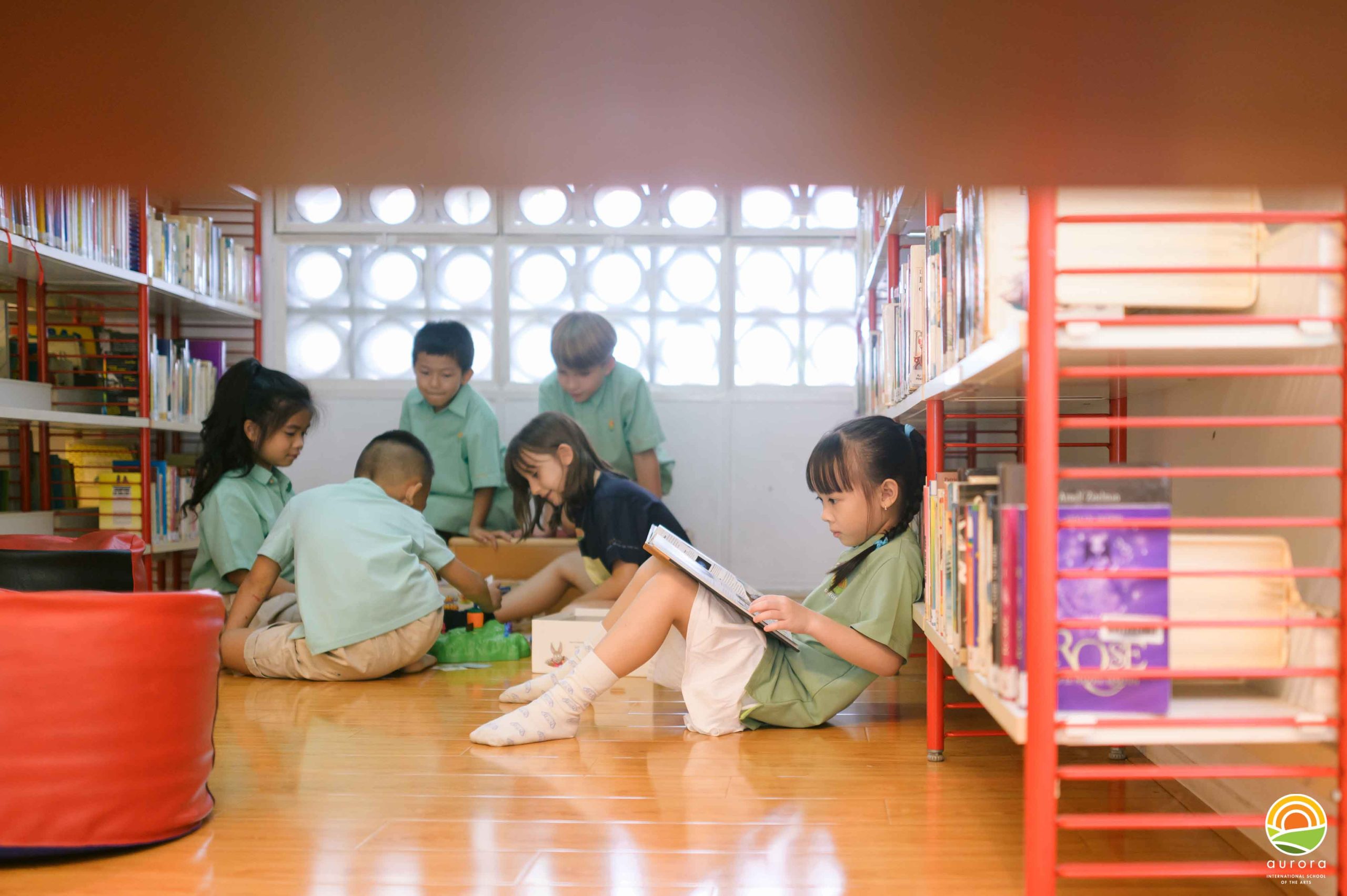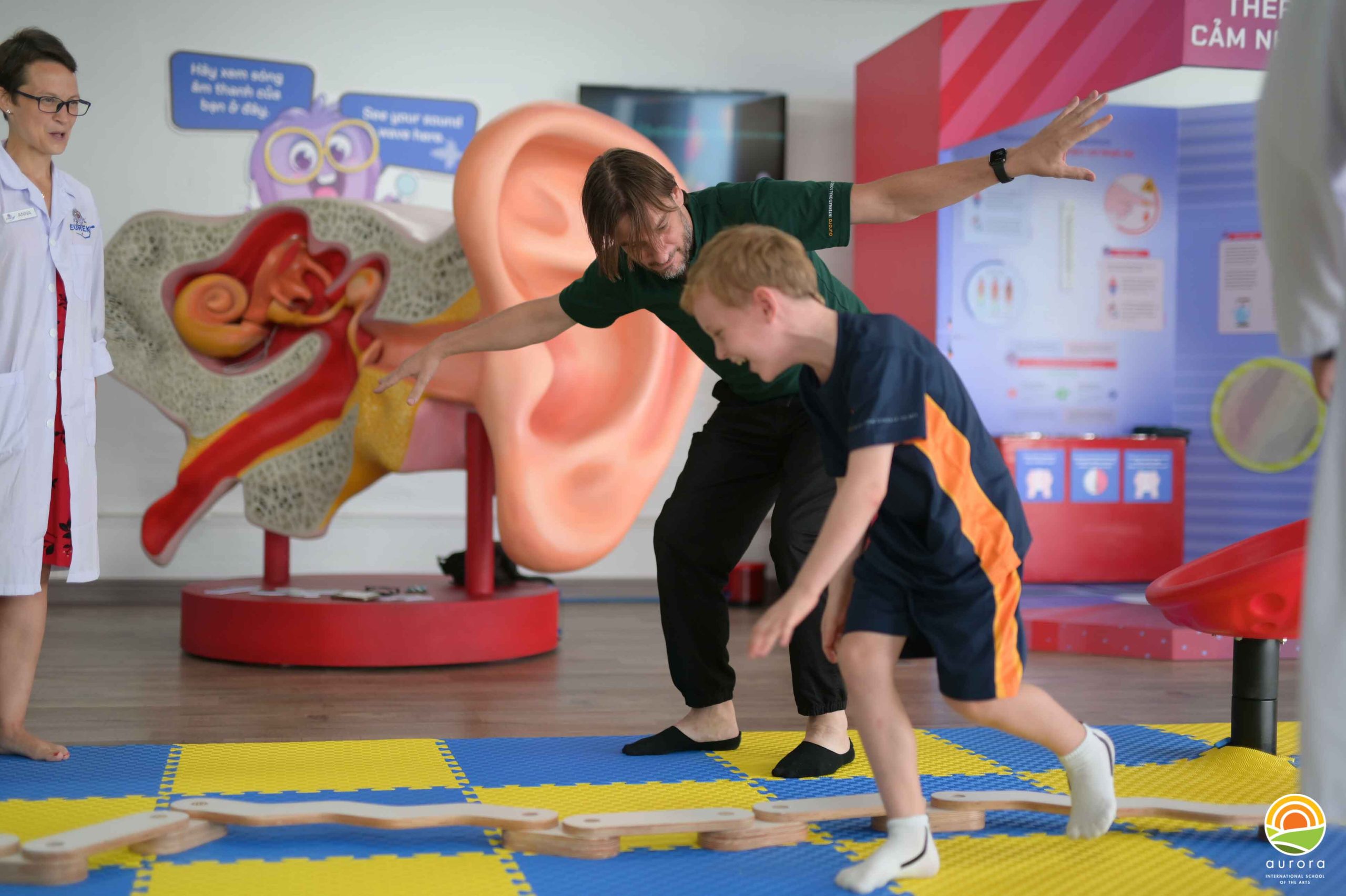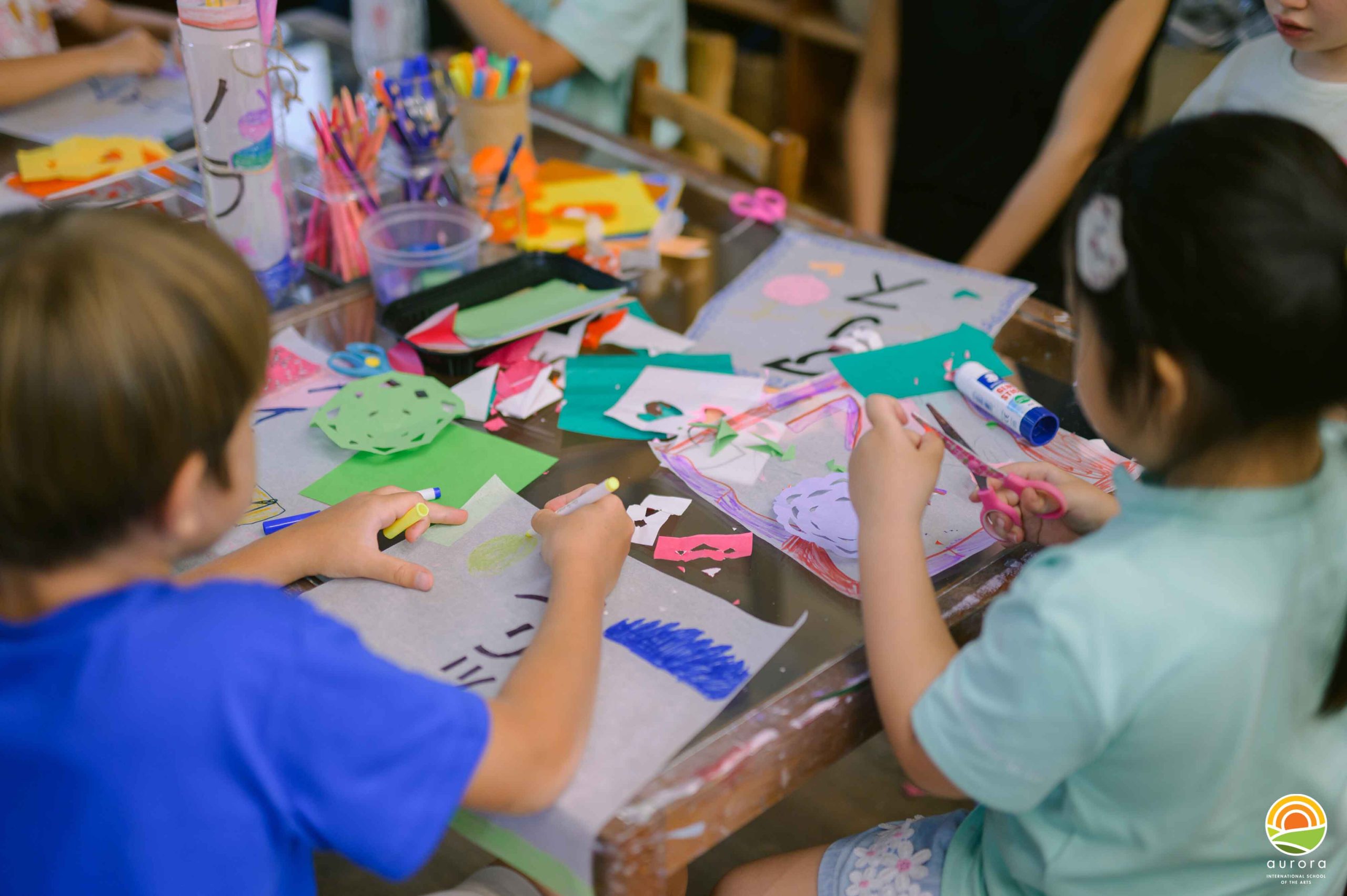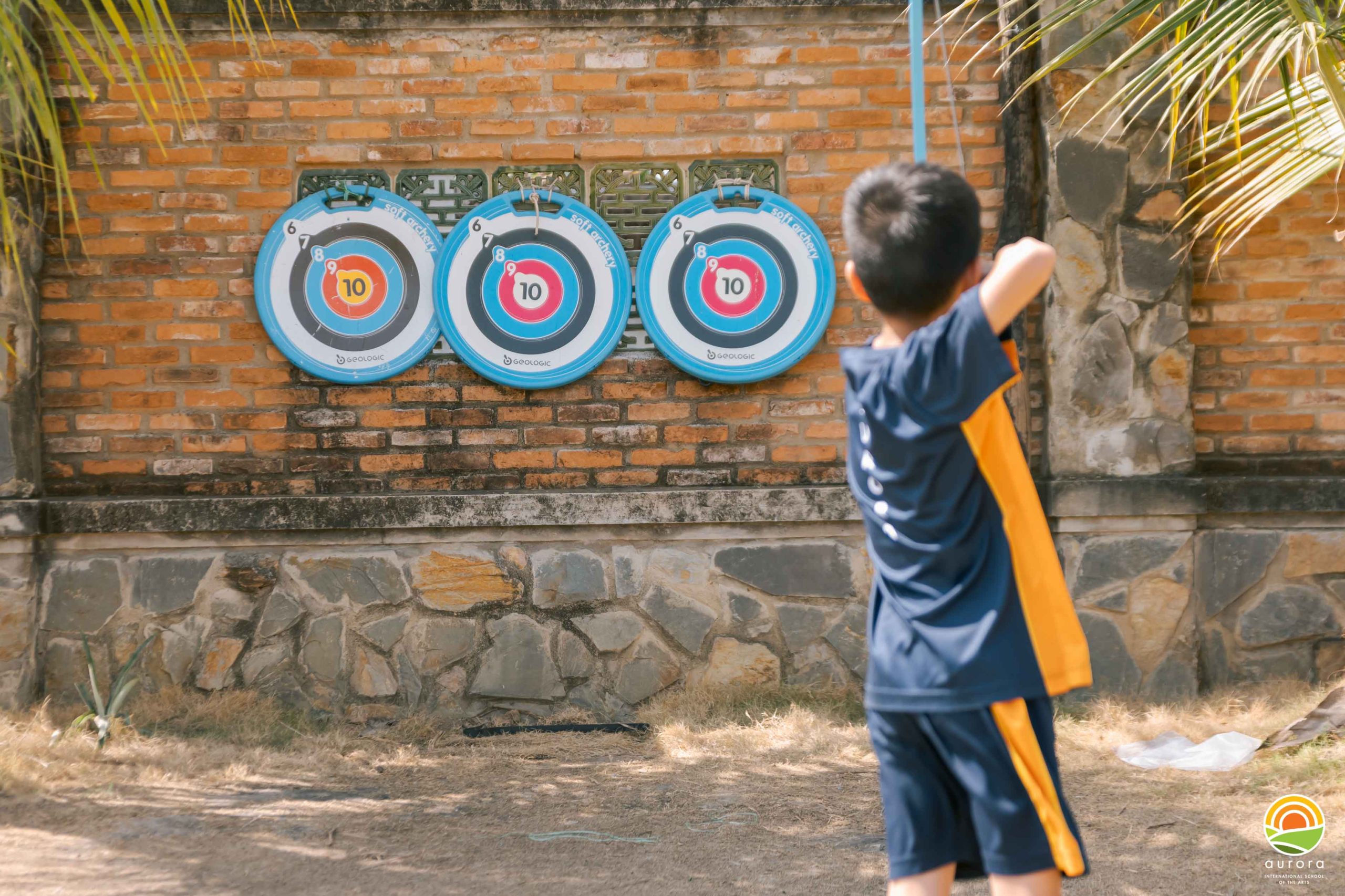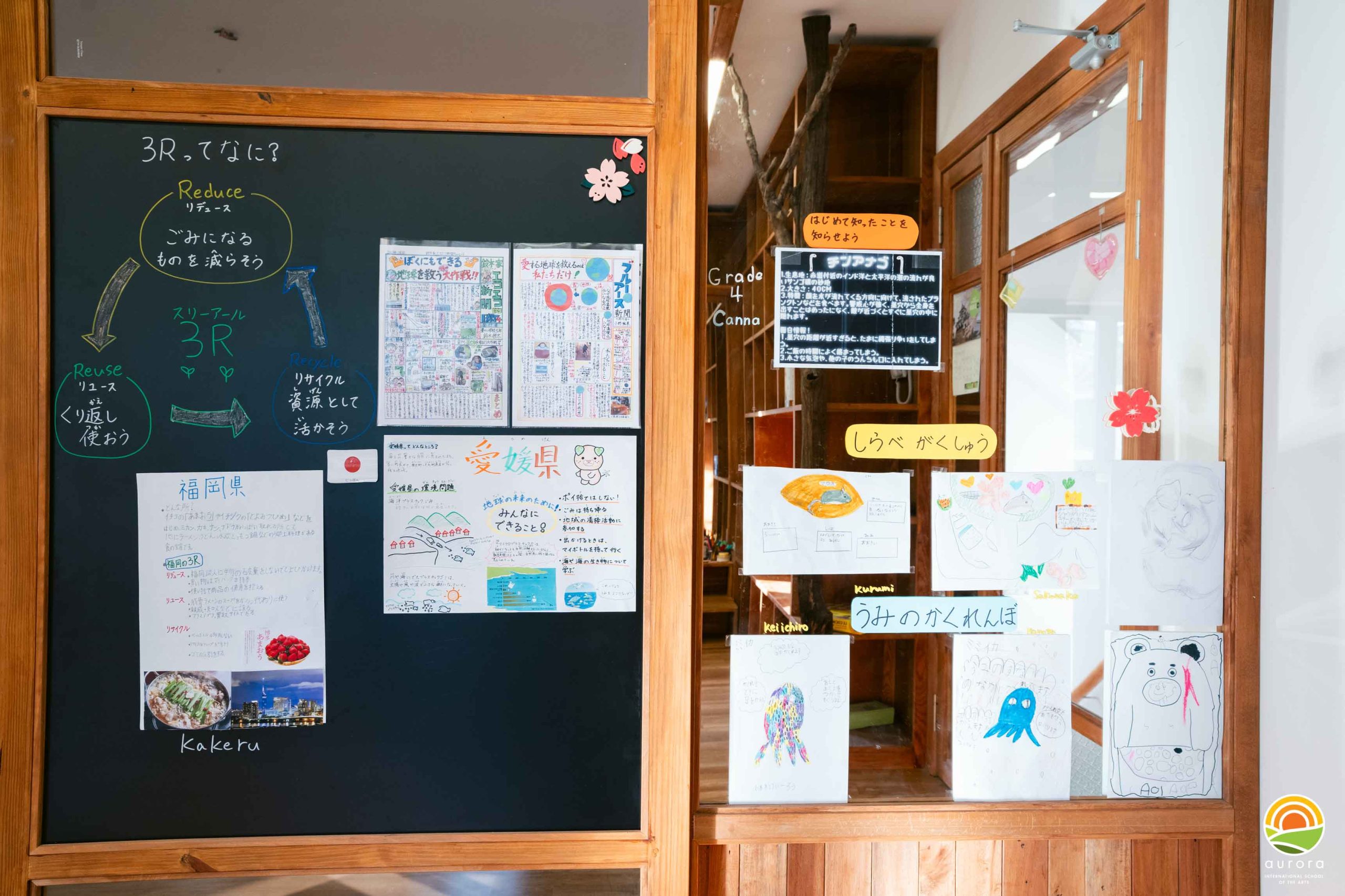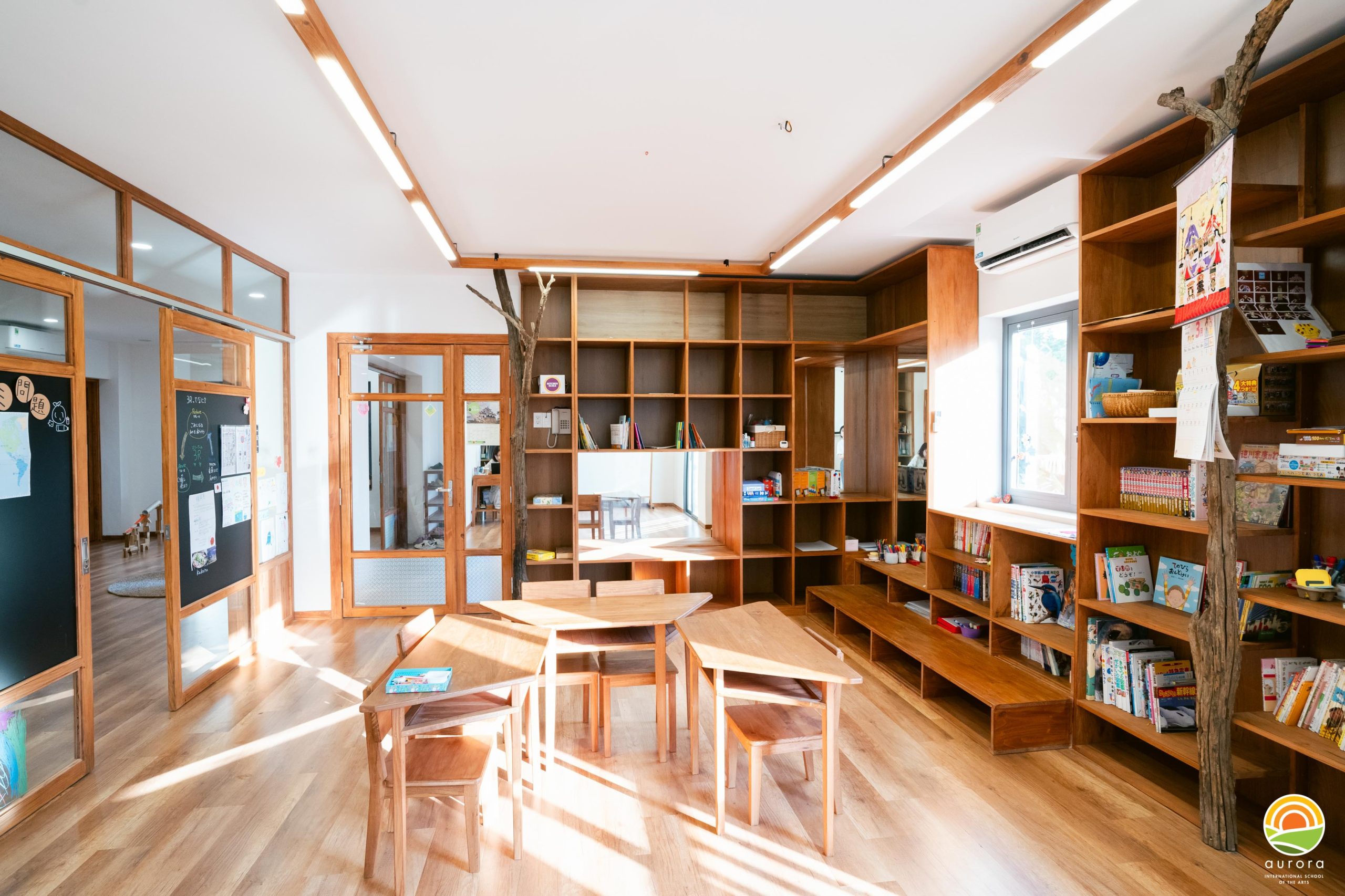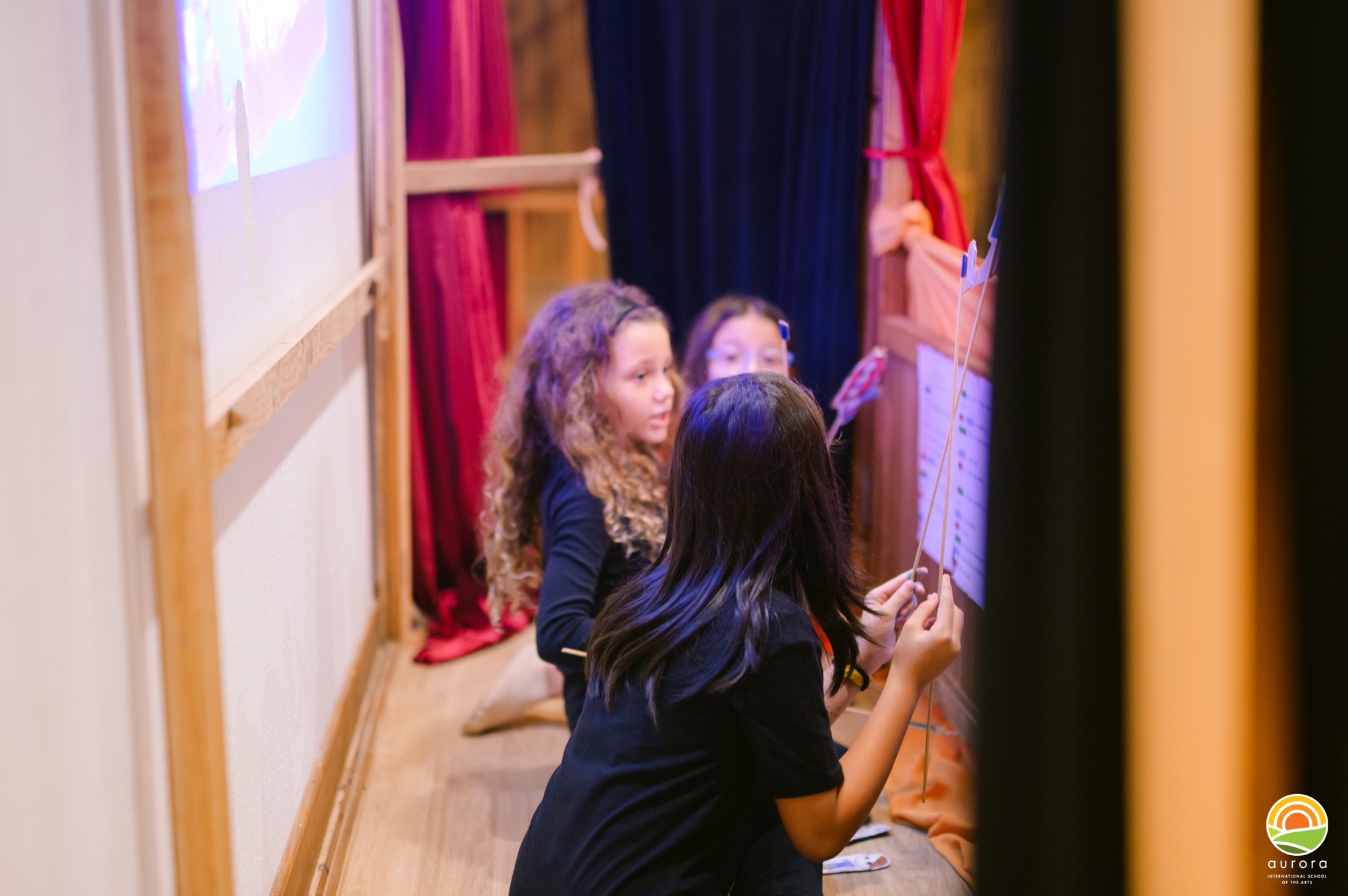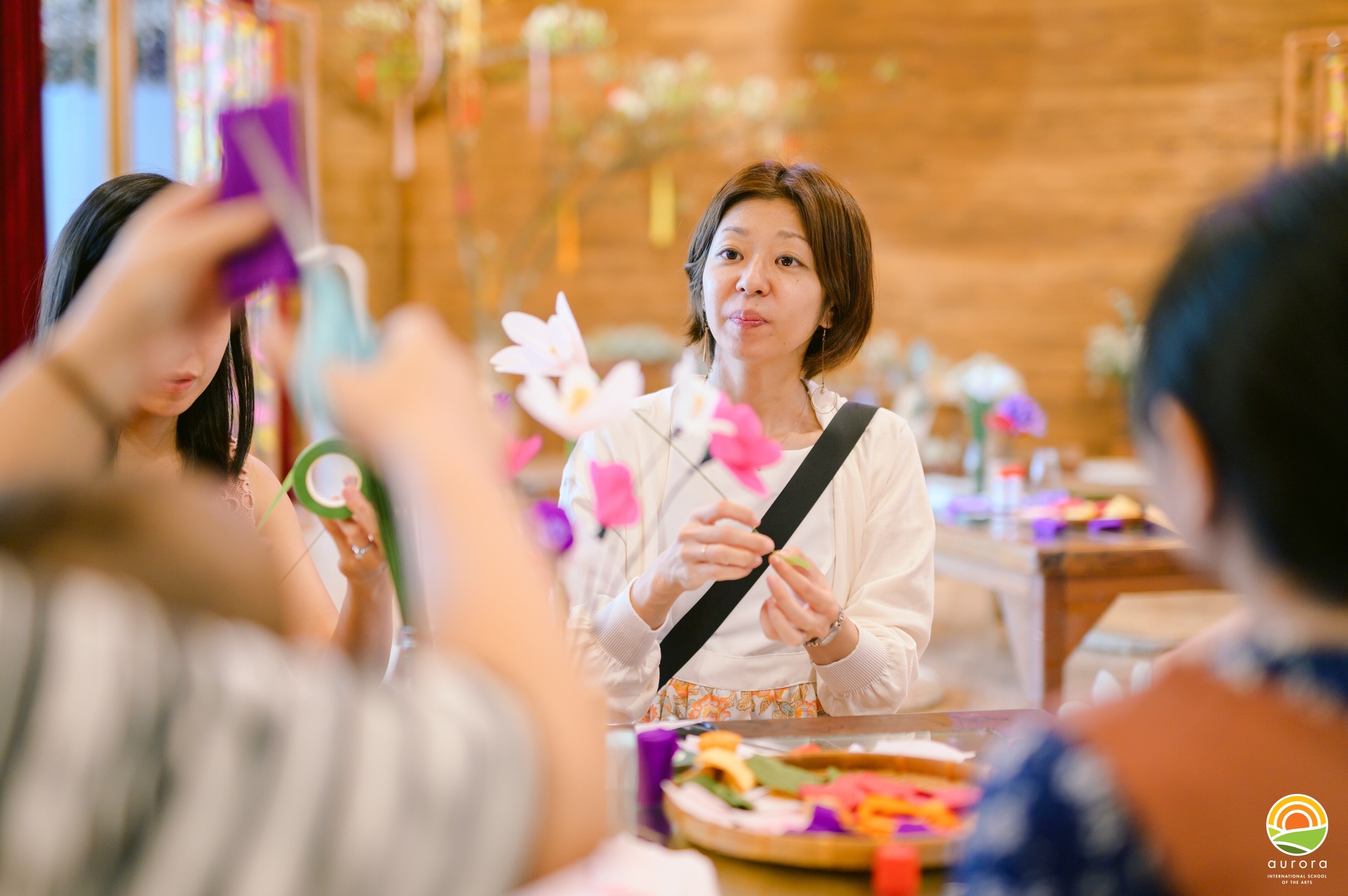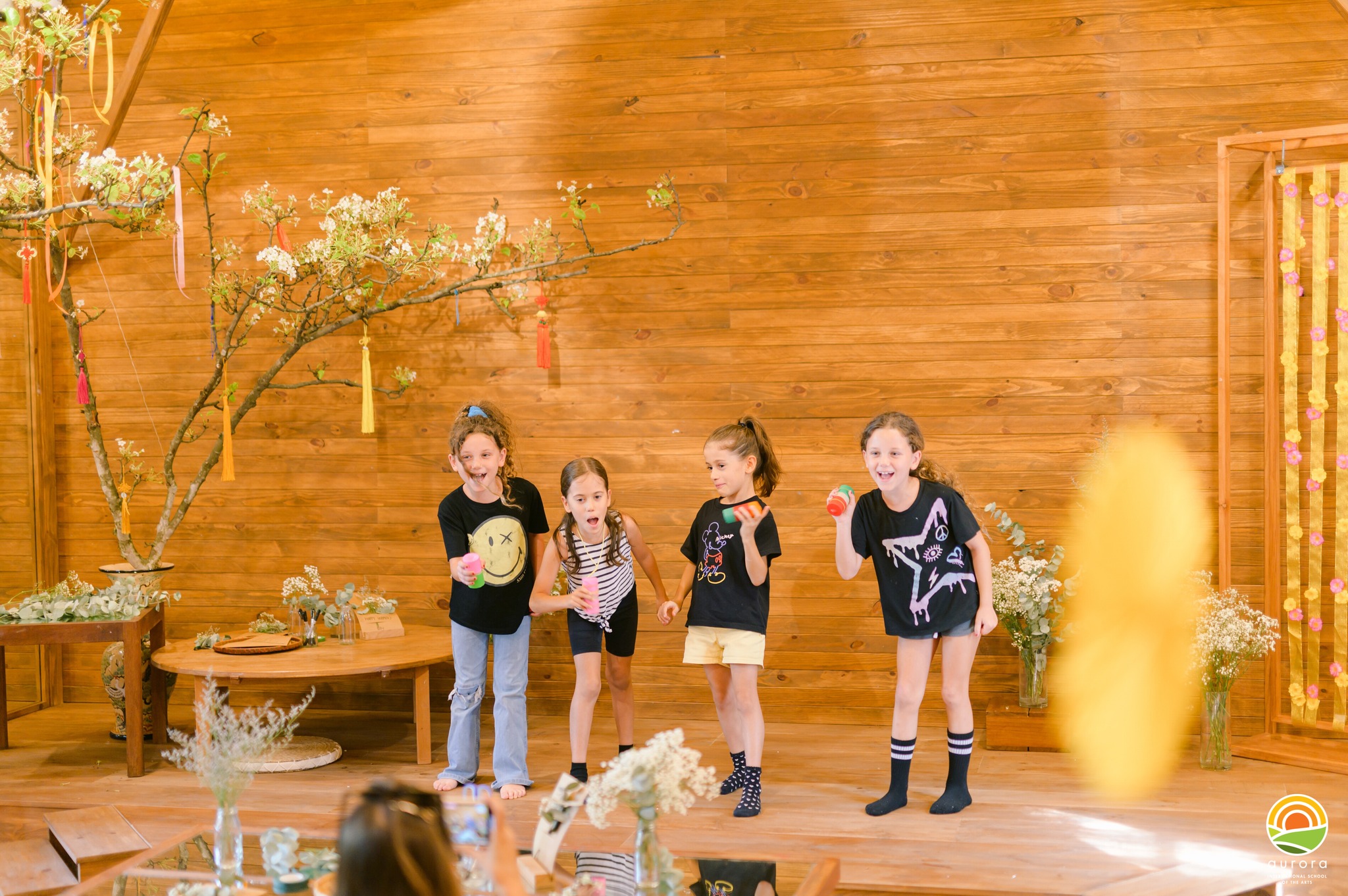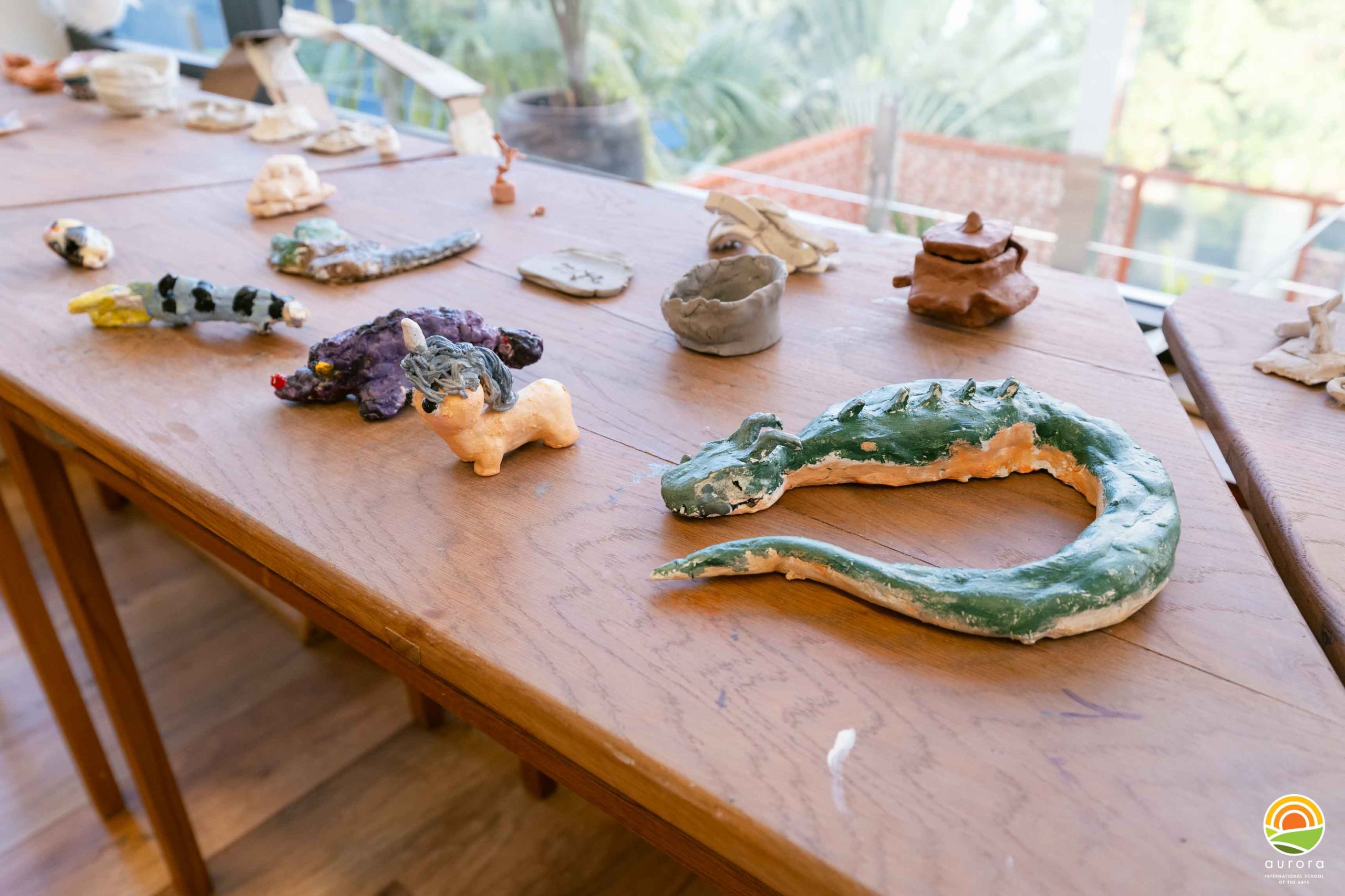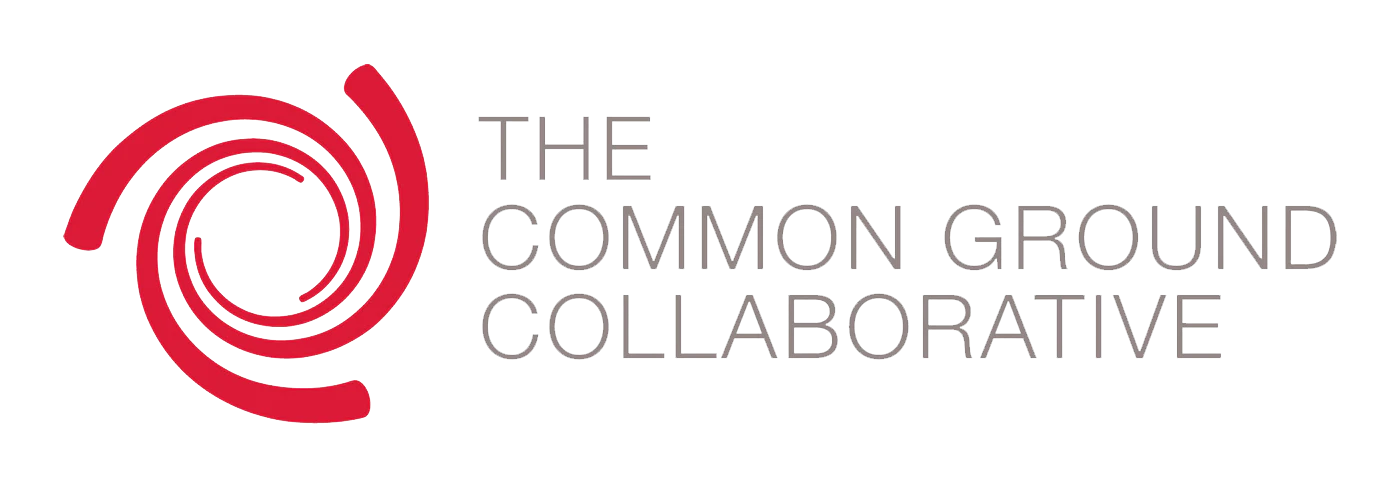CAN WE BE REGGIO-EMILLIA INSPIRED, WHILE FOLLOWING THE NEW ZEALAND CURRICULUM?
The short answer is yes! When selecting a National Curriculum that aligns well with the philosophies under-pinned in the Reggio-Emilia experience, we carefully considered the core values that define each curriculum. The New Zealand curriculum aligns well with the Reggio Emilia experience to learning and teaching in the primary years, emphasising a child-centered and holistic educational experience. The New Zealand curriculum places importance on the holistic development of learners, focusing on their well-being, identity, and social interactions. Similarly, the Reggio Emilia experience values the child as an active participant in their learning, promoting exploration, creativity, and collaboration. Both approaches emphasise the role of the environment as a significant element in the learning process, encouraging the use of natural materials and spaces that inspire curiosity and engagement. The New Zealand curriculum’s focus on key competencies, such as thinking, using language, symbols, and texts, and relating to others, aligns with the Reggio Emilia experience’s emphasis on the development of multiple intelligences and the integration of arts and expressive languages. It is through these key focuses that the New Zealand curriculum is not only a strong curriculum in its own right, but that it effortlessly aligns with the values and beliefs of a Reggio-Emilia inspired approach to learning.
THE THIRD TEACHER
At Aurora International School, the environment is recognised as the third teacher, playing a vital role in shaping the educational experience. Designed with a “home away from home” concept in mind, the school embraces repurposed and natural materials to create a nurturing and inspiring atmosphere. The intentional use of these materials not only promotes sustainability but also enhances the connection between our learners and their surroundings. The thoughtfully designed spaces allow for ample natural light and a smooth flow, creating an inviting and engaging environment conducive to learning and exploration. By considering the environment as a teacher, our school cultivates a space that supports and inspires learners, fostering their curiosity, creativity, and overall well-being. In addition to the carefully designed interior spaces, teachers at Aurora extend the idea of learning beyond the classroom walls, incorporating balconies, terraces, playgrounds, and cross-class collaborations into the educational experience. These opportunities for hands-on exploration, physical activity, and connection with nature, enrich learners’ understanding of the world and encouraging a sense of wonder and curiosity, they come to be firm in their beliefs that learning happens everywhere, as is not confined to the walls of a classroom.

